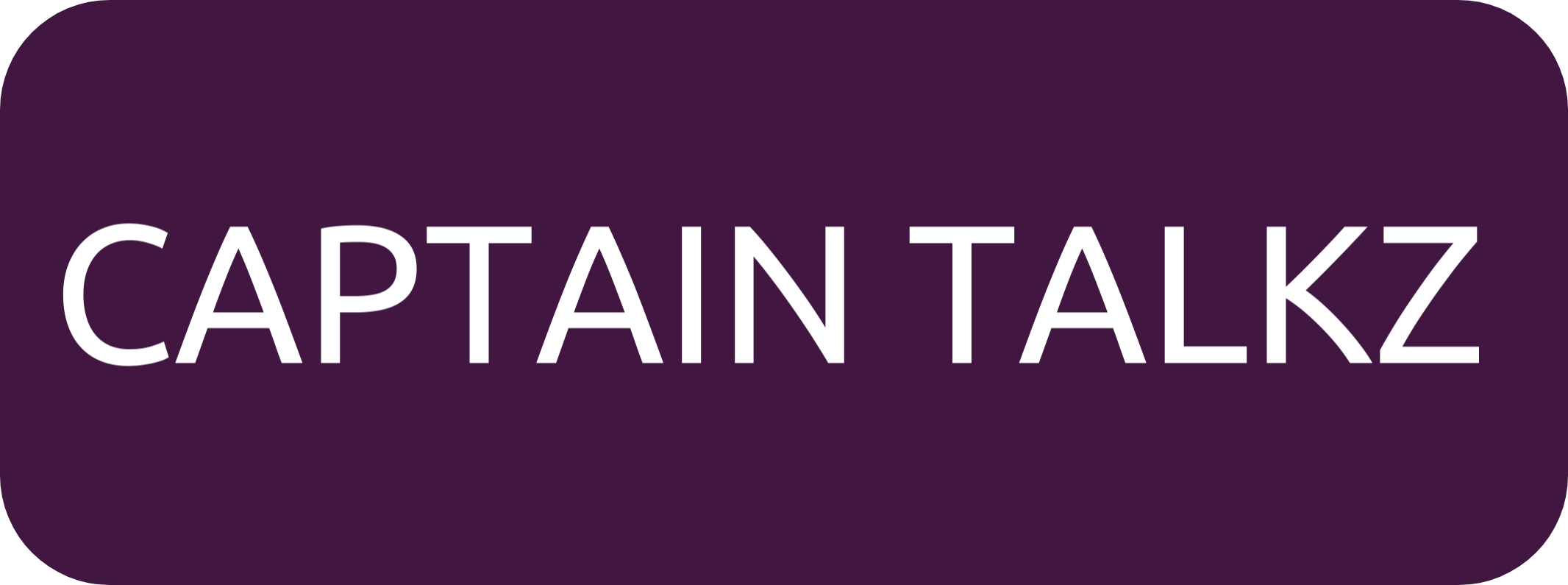CAPTAIN TALKZ
NCERT INDIAN HISTORY MOCK TEST 1
NCERT INDIAN HISTORY MOCK TEST 1
ABOUT THIS MOCK TEST
🟥 TOPIC : NCERT INDIAN HISTORY MOCK TEST 1
🟥 NUMBER OF QUESTIONS : 25
🟥 TIME : 20 MINS
COMMON INSTRUCTIONS TO FOLLOW FOR ALL ONLINE MOCK TEST CONDUCTED BY CAPTAINTALKZ.IN READ CAREFULLY
- This Mock Test is comprised of MCQ This Mock Test is only to familiarize the New Pattern Competitive exam models
- Start the mock test only if you are indented
- Make Sure You Have Steady internet facility to attend the mock test
- After All Preliminary Checks Start the Mock test Enter Your Name [Email isn’t Mandatory for normal Topic Wise Mock test ]
- For Model Exams Enter your name and email id accordingly if you face any Problem with email id ,
Refresh The Page reenter the email id again if the problem remains the same the please type your email id at some other places like message or notepad copy it ,then paste it here [most of the cases there won’t be further problem] - Carefully Observe the Mock test Buttons Appeared on the Screen (Don’t get confused during mock test)
- Read Questions Carefully Answer Accordingly Good Luck With That
DURING MOCK TEST
- Do not close or click Back Button
- Do not Switch Apps or tabs
- Keep an Eye on the TIMER CLOCK
AFTER SUBMISSION
- Read The Answer Key Carefully , Take a look at Wrongly Answered Questions
- If you find any Error in Mock Test feel free to contact admin @ Telegram
- Share your Knowledge
434


